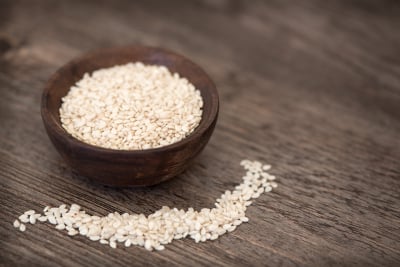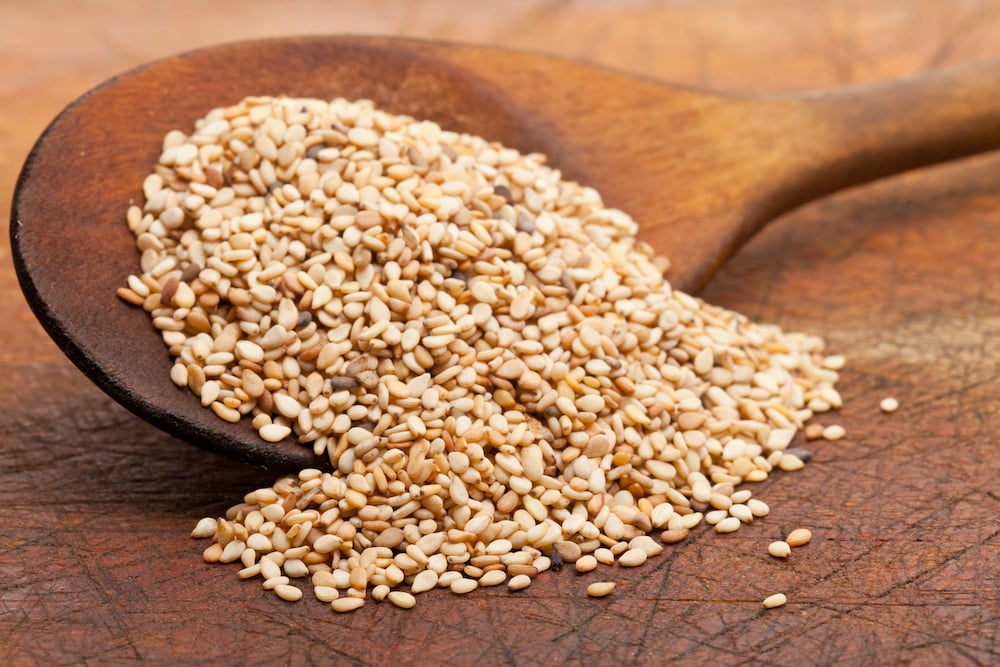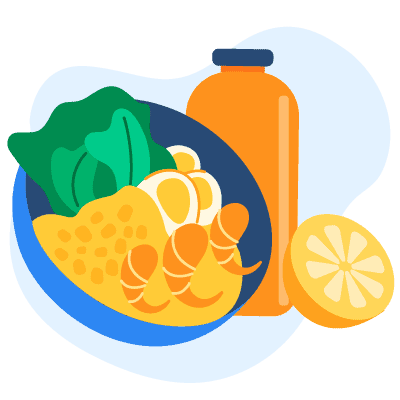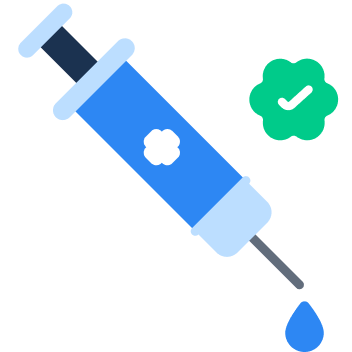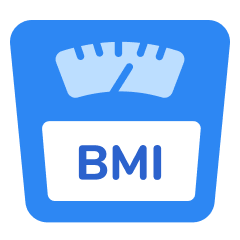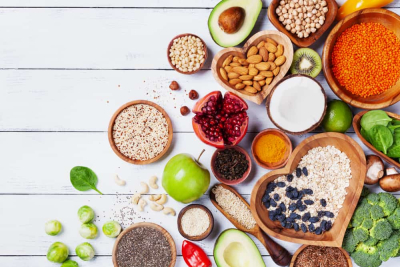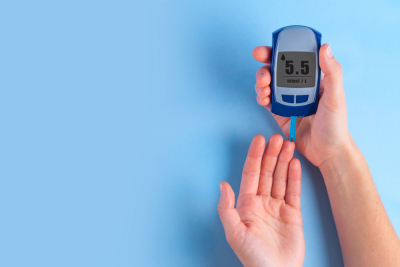Ahmad, S., ElSherbiny, N. M., Jamal, M. S., Alzahrani, F. A., Haque, R., Khan, R., Zaidi, S. K., AlQahtani, M. H., Liou, G. I., & Bhatia, K. (2016). Anti-inflammatory role of sesamin in STZ induced mice model of diabetic retinopathy. Journal of neuroimmunology, 295-296, 47–53. https://doi.org/10.1016/j.jneuroim.2016.04.002
Bohn, L., Meyer, A. S., & Rasmussen, S. K. (2008). Phytate: impact on environment and human nutrition. A challenge for molecular breeding. Journal of Zhejiang University. Science. B, 9(3), 165–191. https://doi.org/10.1631/jzus.B0710640
Haidari, F., Mohammadshahi, M., Zarei, M., & Gorji, Z. (2016). Effects of Sesame Butter (Ardeh) versus Sesame Oil on Metabolic and Oxidative Stress Markers in Streptozotocin-Induced Diabetic Rats. Iranian journal of medical sciences, 41(2), 102–109. PMID: 26989280, PMCID: PMC4764959
Kan, L., Nie, S., Hu, J., Wang, S., Bai, Z., Wang, J., Zhou, Y., Jiang, J., Zeng, Q., & Song, K. (2018). Comparative study on the chemical composition, anthocyanins, tocopherols and carotenoids of selected legumes. Food chemistry, 260, 317–326. https://doi.org/10.1016/j.foodchem.2018.03.148
Li, L., Piao, H., Zheng, M., Jin, Z., Zhao, L., & Yan, G. (2016). Sesamin attenuates allergic airway inflammation through the suppression of nuclear factor-kappa B activation. Experimental and therapeutic medicine, 12(6), 4175–4181. https://doi.org/10.3892/etm.2016.3903
Lin, Y. C., Thùy, T. D., Wang, S. Y., & Huang, P. L. (2014). Type 1 diabetes, cardiovascular complications and sesame ( zhī má). Journal of traditional and complementary medicine, 4(1), 36–41. https://doi.org/10.4103/2225-4110.124817
Mathur, P., Ding, Z., Saldeen, T., & Mehta, J. L. (2015). Tocopherols in the Prevention and Treatment of Atherosclerosis and Related Cardiovascular Disease. Clinical cardiology, 38(9), 570–576. https://doi.org/10.1002/clc.22422
McArdle, P. D., Greenfield, S. M., Rilstone, S. K., Narendran, P., Haque, M. S., & Gill, P. S. (2019). Carbohydrate restriction for glycaemic control in Type 2 diabetes: a systematic review and meta-analysis. Diabetic medicine : a journal of the British Diabetic Association, 36(3), 335–348. https://doi.org/10.1111/dme.13862
Melina, V., Craig, W., & Levin, S. (2016). Position of the Academy of Nutrition and Dietetics: Vegetarian Diets. Journal of the Academy of Nutrition and Dietetics, 116(12), 1970–1980. https://doi.org/10.1016/j.jand.2016.09.025
Monteiro, E. M., Chibli, L. A., Yamamoto, C. H., Pereira, M. C., Vilela, F. M., Rodarte, M. P., Pinto, M. A., do Amaral, M., Silvério, M. S., Araújo, A. L., de Araújo, A., Del-Vechio-Vieira, G., & de Sousa, O. V. (2014). Antinociceptive and anti-inflammatory activities of the sesame oil and sesamin. Nutrients, 6(5), 1931–1944. https://doi.org/10.3390/nu6051931
Narasimhulu, C. A., Selvarajan, K., Burge, K. Y., Litvinov, D., Sengupta, B., & Parthasarathy, S. (2016). Water-Soluble Components of Sesame Oil Reduce Inflammation and Atherosclerosis. Journal of medicinal food, 19(7), 629–637. https://doi.org/10.1089/jmf.2015.0154
Narasimhulu, C. A., Selvarajan, K., Litvinov, D., & Parthasarathy, S. (2015). Anti-atherosclerotic and anti-inflammatory actions of sesame oil. Journal of medicinal food, 18(1), 11–20. https://doi.org/10.1089/jmf.2014.0138
Ristic-Medic, D., Perunicic-Pekovic, G., Rasic-Milutinovic, Z., Takic, M., Popovic, T., Arsic, A., & Glibetic, M. (2014). Effects of dietary milled seed mixture on fatty acid status and inflammatory markers in patients on hemodialysis. TheScientificWorldJournal, 2014, 563576. https://doi.org/10.1155/2014/563576
Shikinaka, K., Nakamura, M., Navarro, R. R., & Otsuka, Y. (2018). Plant-Based Antioxidant Nanoparticles without Biological Toxicity. ChemistryOpen, 7(9), 709–712. https://doi.org/10.1002/open.201800157
Wichitsranoi, J., Weerapreeyakul, N., Boonsiri, P., Settasatian, C., Settasatian, N., Komanasin, N., Sirijaichingkul, S., Teerajetgul, Y., Rangkadilok, N., & Leelayuwat, N. (2011). Antihypertensive and antioxidant effects of dietary black sesame meal in pre-hypertensive humans. Nutrition journal, 10, 82. https://doi.org/10.1186/1475-2891-10-82
Wikul, A., Damsud, T., Kataoka, K., & Phuwapraisirisan, P. (2012). (+)-Pinoresinol is a putative hypoglycemic agent in defatted sesame (Sesamum indicum) seeds though inhibiting α-glucosidase. Bioorganic & medicinal chemistry letters, 22(16), 5215–5217. https://doi.org/10.1016/j.bmcl.2012.06.068
Advisory Report to the Secretary of Health and Human Services and the Secretary of Agriculture. Scientific Report of the 2015 Dietary Guidelines Advisory Committee. (2015). U.S. Department of Agriculture: Washington D.C.
Dietary fiber: Essential for a healthy diet. (2021). Mayo Clinic. Retrieved April 11, 2022 from, https://www.mayoclinic.org/healthy-lifestyle/nutrition-and-healthy-eating/in-depth/fiber/art-20043983
Seeds, sesame seeds, whole, dried. (2019). U.S. Department of Agriculture. Retrieved April 11, 2022 from https://fdc.nal.usda.gov/fdc-app.html#/food-details/170150/nutrients
Sesame. Britannica. Retrieved April 11, 2022 from https://www.britannica.com/plant/sesame-plant

